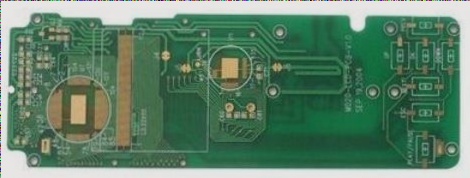Understanding SMT Factory Equipment and Their Functions
Surface Mount Technology (SMT) relies on a range of specialized equipment, such as solder paste printers and pick and place machines, to ensure efficient production and high-quality electronic devices, with continuous technological advancements improving precision, speed, and reliability in the manufacturing process.
Understanding SMT Factory Equipment and Their Functions Read More »









